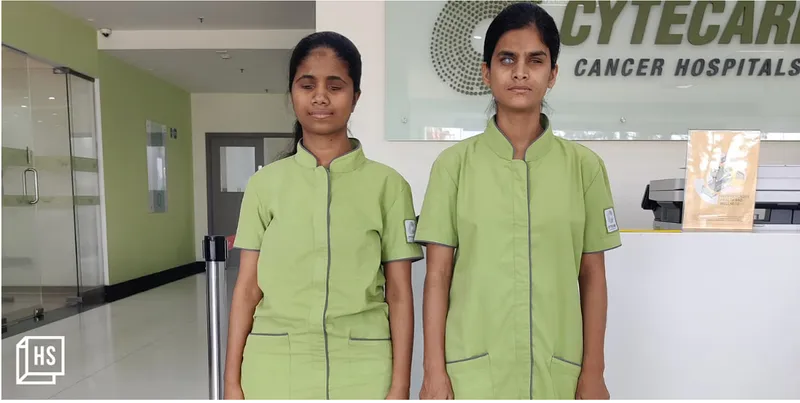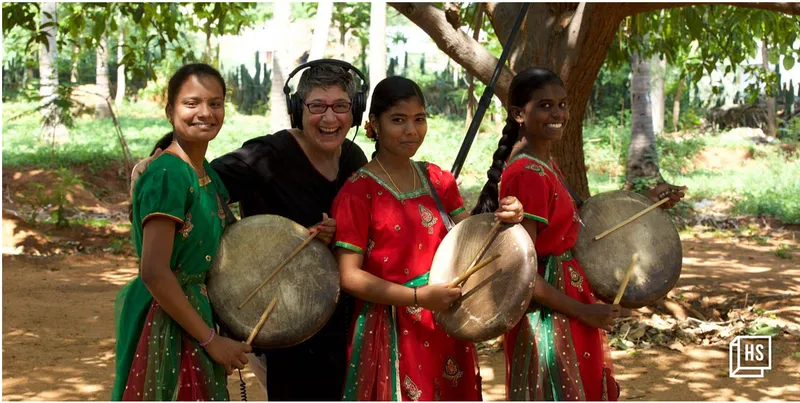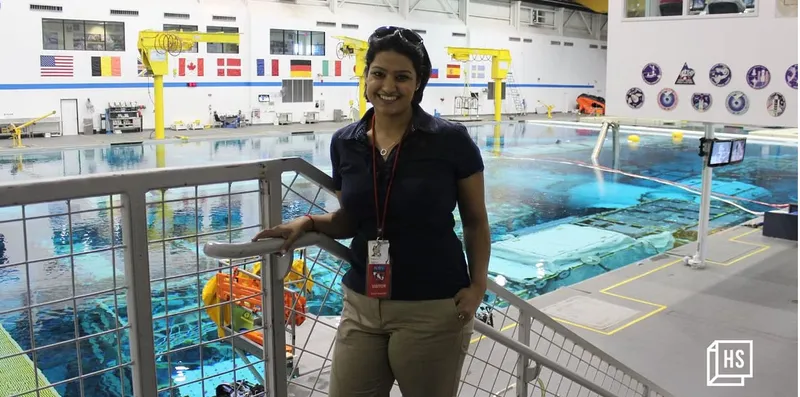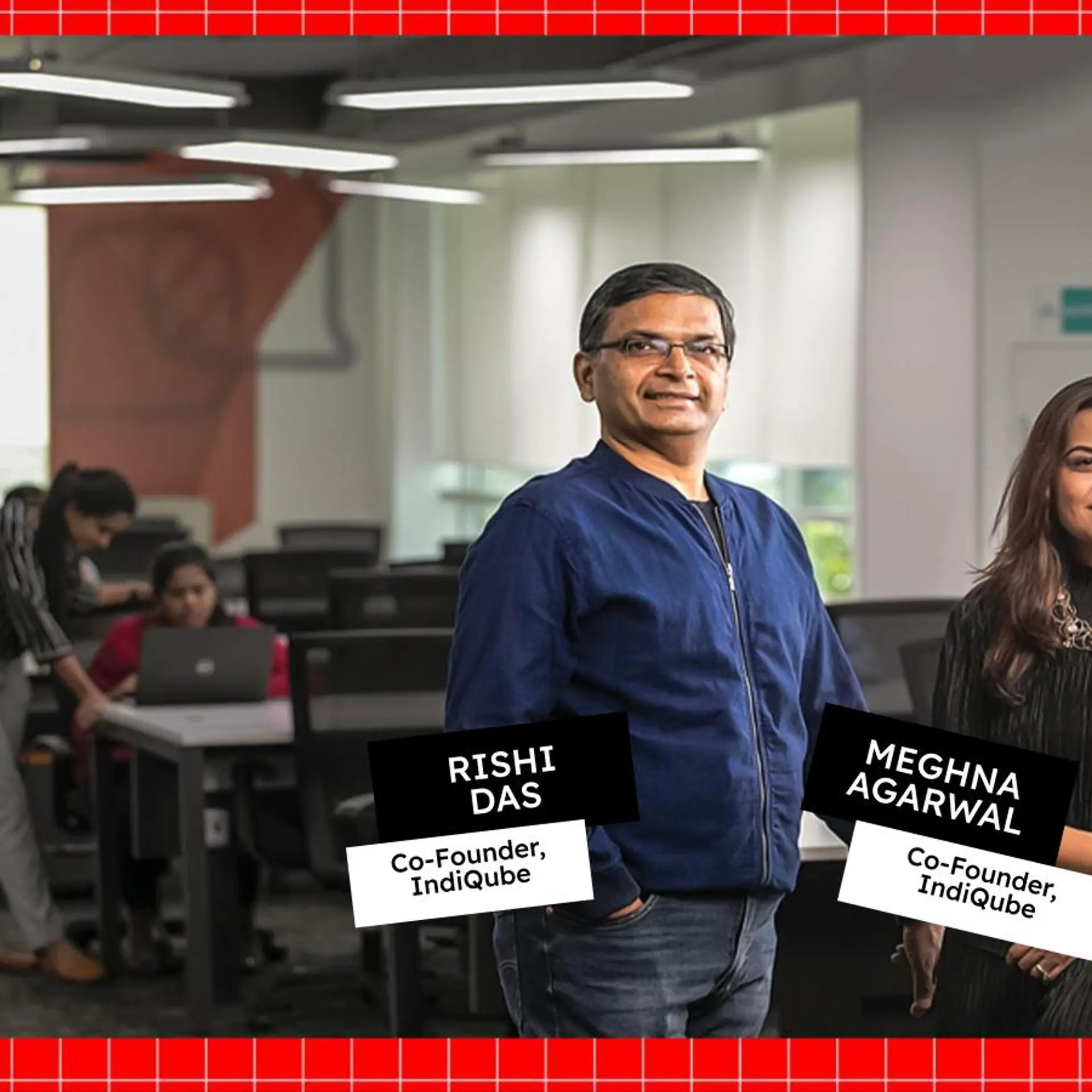10 stories of women who won our hearts
Over the past several years, we have built the narrative around strong women, whose stories of guts, determination, and rising above the odds have inspired our readers. 2023 was no different. Here’s a recap of the top stories that touched our hearts and souls.
The end of a year may be the best time to introspect, look back on the hits and misses, and generally understand the period gone by. It’s also the time for celebration!
Year after year, our endeavour at HerStory has been to bring you stories that are not only inspiring but are also humane—stories that inspire us to do better and be empathetic.
Each story is important to us, for every woman’s struggle and success is like our own as it mirrors something in our life and gives strength and hope during challenging times. And, like the popular advertising slogan told us, Impossible is nothing.
Here’s looking back at the women who inspired us and the sisterhood that stood out in 2023.
The power of touch

Blind since birth, Noorunnissa and Ayesha Banu are using the power of touch to help in the early screening of breast cancer. The young women are medical tactile examiners (MTEs) trained by EnAble India, as part of Discovering Hands.
The programme was started in Germany by Dr Frank Hoffmann and is designed to detect early breast cancer tumours by blind and visually impaired women. Through this method, MTEs can detect breast cancer/tumour, at an early stage, which measures less than 0.3 mm, using special tactile skills.
Noor and Ayesha, from , work as MTEs with Cytecare Cancer Hospitals in Bengaluru. The second batch of five women is currently interning at Cytecare and Apollo Hospital in the city.
A stitch in time
In 1990, a group of friends, all in their early 20s, including Nivedita Banerji, guided by social worker Baba Amte, started Samaj Pragati Sahayog (SPS), one of India’s largest grassroots initiatives in rural Madhya Pradesh.
It all began in Neemkheda, a tiny village in Bagli tehsil of the Dewas district in Madhya Pradesh. While working with tribal communities in Bagli, Banerji noticed that women remained invisible in local governance. Over time, these women warmed up to the SPS team and started becoming curious about their lives.
“They would come to our houses and, on one of these visits, they saw a lot of patchwork I worked with–bedsheets, pillow covers, and cushion covers, and in them, they recognised that I had cut up my kurta, my husband’s kurta, or my father’s kurta to make them.
“They asked my colleague Subha and me about stitching and whether it was possible to learn it,” says Banerji.
This laid the foundation for Kumbaya and the empowerment of hundreds of women in the district and the beginning of a new story.
Angel of healthcare
In 2004, when the tsunami hit the Andaman coast, Shanti Teresa Lakra had already spent three years as a nurse at the sub-centre in Dugong Creek, a remote area of Little Andaman.
The area is home to the Onge, one of the oldest tribes in India, said to be part of the Negrito racial stock.
Lakra dedicated herself to the healthcare of the Onge, who were less than 100 in number at the time. Initially they were wary of any form of outside support. With no access to their medical history and the barriers of language, the auxiliary nurse, with constant visits, befriended them and convinced them to avail themselves of the medical facilities at the centre.
During the Covid-19 pandemic, Lakra and the team travelled to various tribal settlements, often for 5-6 hours in a dinghy, traversing high waves, not knowing whether they’d return to their camp.
At the end of 2006, Lakra was transferred to GB Pant Hospital in Port Blair. She serves in the special ward, especially meant for particularly vulnerable tribal groups, referred from different primary health centres of tribal and remote areas.
Read on to know why this 52-year-old wants to continue doing this work as long as she lives.
From farm to fashion
, a cooperative in Ladakh, is a fine example of the entrepreneurial zeal and persistence of over 450 women from 16 villages to showcase their pashmina to the world. It all started when G Prasanna, an IAS officer, was posted as deputy commissioner in Leh in 2015.
He met a group of women from Chumur village who showed him some knitted pashmina socks.
“He was moved by their enterprising spirit in a difficult terrain like Ladakh. This prompted him to introduce a skill development initiative called Project Laksal in this area with 150 women. They were trained in knitting,” recalls his wife, Abhilash Bahuguna, Founder and CEO of Looms of Ladakh.
Today, almost nine years later, Looms of Ladakh has over 450 women as part of its farm-to-fashion collective. It has a flagship store in Leh, and its products are also available at select Taj Hotels in Mumbai, Shimla, Delhi, and Bengaluru.
It recently launched a social initiative label titled ‘Perak’ for lower-end apparel that will give its members a sustained source of livelihood and help build a cottage industry, thus becoming a stepping stone to expand their skills for luxury garments.
Sounds of change

Zoe Sherinian, a professor of ethnomusicology at the University of Oklahoma, is an exemplary ‘parai’ exponent and teacher. She learnt the instrument first-hand from Dalit teachers and social justice leaders who revolutionised the instrument into a music of resistance.
Studying with the village parai group Kurinji Malar, she mastered 35 adis or rhythmic patterns on the parai, which are unique to the occasions they are played for–baby showers, weddings, temple festivals, child naming ceremonies.
This knowledge is key to the robust revival of the instrument, which so many urbanites believe to be solely associated with funeral music played by ensembles from Dalit communities.
Sherinian’s work in recent years has been to get the hereditary parai asans–or teachers–from Tamil Nadu to the United States to disseminate their knowledge first-hand to those who want to learn the instrument and the folklore at large.
Voice of the oppressed
Jacinta Kerketta, a celebrated adivasi journalist, is a second-generation graduate in her community of Oraon tribals. She has ensured that her education has made her an unwavering voice of truth for her community and the world.
Kerketta, a member of Jharkhand’s Oraon adivasi community, had her first tryst with the systemic persecution of tribal people in the criminal justice system as a child, when her uncle was falsely incriminated of raping and murdering a woman and lynched by a mob, and her maternal grandmother was sent to jail.
She spent the last two decades travelling across Jharkhand to meet marginalised communities, listen to their experiences, and understand the history of the state’s tribal movement. She spends many evenings dialoguing with young tribal girls in the villages of Jharkhand, encouraging them to reflect on their dreams and tribulations.
Women’s health beyond earth

Dr Varsha Jain, also known as the ‘Space Gynaecologist’, specialises in studying how women’s bodies respond in space, particularly addressing the effects of menstruation in microgravity and providing solutions for female astronauts who wish to skip their periods.
While Jain says that women astronauts can menstruate in space, most of them avoid doing so due to various reasons. She says there are two toilets on the International Space Station, and water waste is recycled many times and is used as drinking water. However, blood is considered a solid matter and, therefore, water waste mixed with blood has to be dumped and cannot be recycled.
Additionally, she explains that women astronauts cannot shower in space as water does not flow in a zero-gravity environment. During a spacewalk, they will need to wear their equipment for 8 to 10 hours straight without changing their sanitary products.
Dignity after death
Bhubaneswar residents Madhusmita Prusty, Smita Mohanty, Swagatika Rao, and Snehanjali Sethi have been working together to ensure dignity in death by carrying out the last rites of unclaimed bodies.
Last year, thousands of lifeless bodies lay still beneath the twisted coaches of the Chennai-Howrah Coromandel Express. The sheer force of the impact left blood stains, mangled bodies, and an atmosphere of unceasing grief.
These four women tirelessly helped in the aftermath of the Bahanaga triple train accident on June 2, rescuing bodies and providing first aid to survivors. While handling dead bodies is a part of their daily work, the tragic circumstances left them deeply shaken and moved by the immense death toll.
However, it was not their first time.
Till now, Prusty has cremated more than 500 unclaimed bodies, Mohanty has cremated 46 bodies, and Rao has cremated close to 30.
Age is just a number
Eighty-nine-year-old Veerammal Paati (grandmother in Tamil) has both her head and heart firmly fixed on the present and the responsibilities she holds as the oldest panchayat president of Tamil Nadu.
Last year, the village of Arittapatti in Madurai, which she heads, was selected by the Government of Tamil Nadu as the state’s first biodiversity heritage site.
Over the course of her three-year tenure, Veerammal has overseen the construction of four water tanks and bridges to cross over water bodies. She has helped provide drinking water to 300 homes under the central government’s Jal Jeewan Mission and is currently working on an anganwadi school. She has also made sure street lights have been installed in most places and faulty ones are replaced in record time.
She’s up by 5 am every day, cooks her food, and works on the farm on the days she doesn’t have to be in office.
“I try to go to work every day. I want to stay adept with the status of every single project we have taken up. I want to do all I can for my village before my time on this earth comes to an end,” she says.
Embracing women’s leisure
Basanti: Women at Leisure–an Instagram page–is a repository of photos and videos of women enjoying their free time. It intends to celebrate the fleeting unguarded moments of women’s leisure.
Celebrating women’s leisure and its power as a tool for feminist liberation, Surabhi Yadav, founder of Sajhe Sapne, an NGO, started the project in 2019.
Yadav takes pictures and videos of the most unguarded moments of women’s lives and shares them on the Instagram page with their consent. Yadav has built a community of 25,000 people on Instagram. Now she also posts crowdsourced images on the handle.
Calling it a portal to know ourselves, Yadav elaborates, “Not letting people be their true selves and governing who they should become is an oppressive structure. Leisure can be an answer to such dominant structures as it provides us with a state of just existing in our truest form–a right rendered to us by birth.”
Edited by Swetha Kannan







